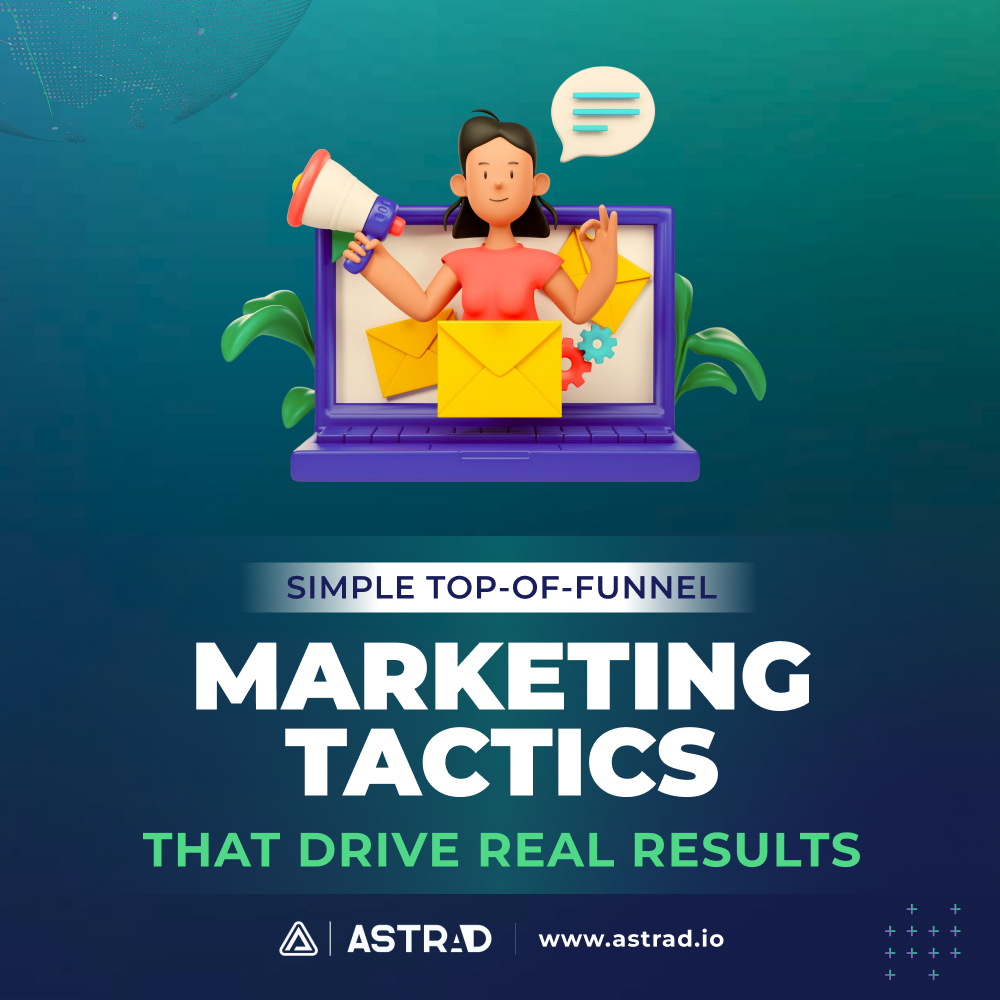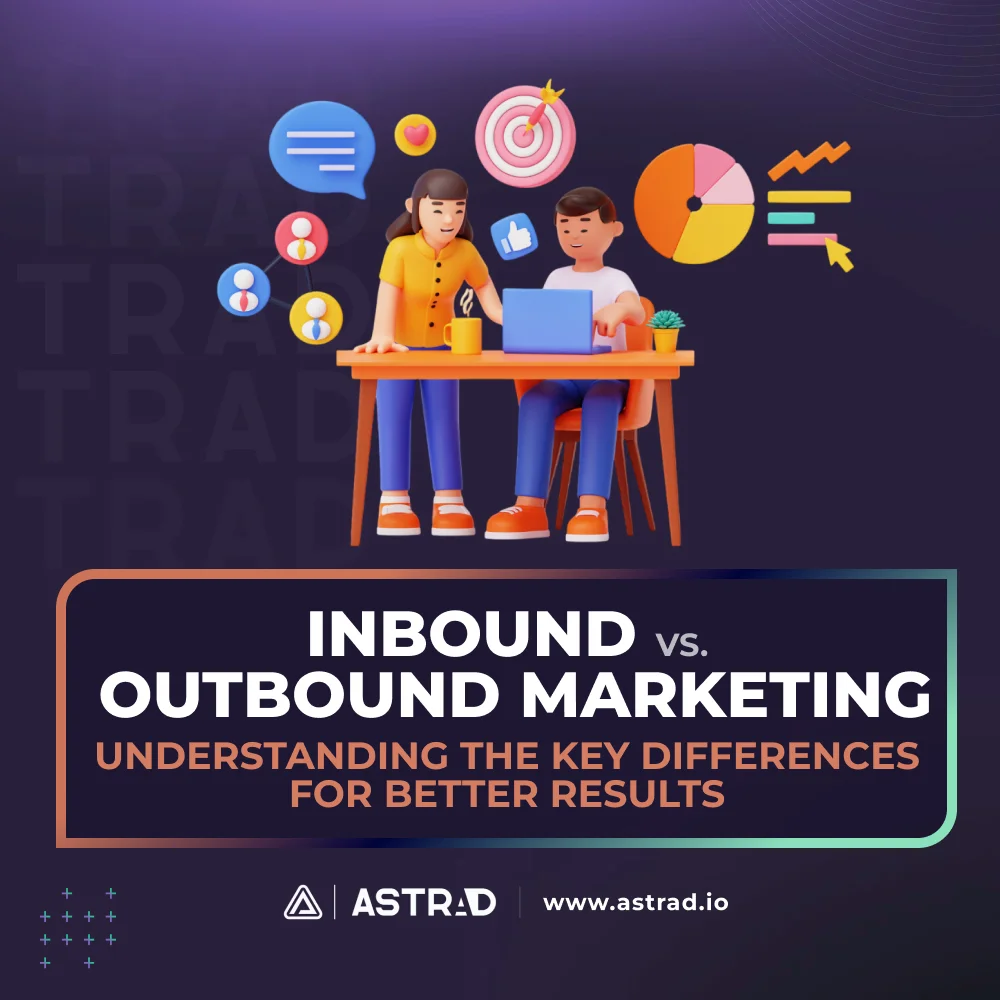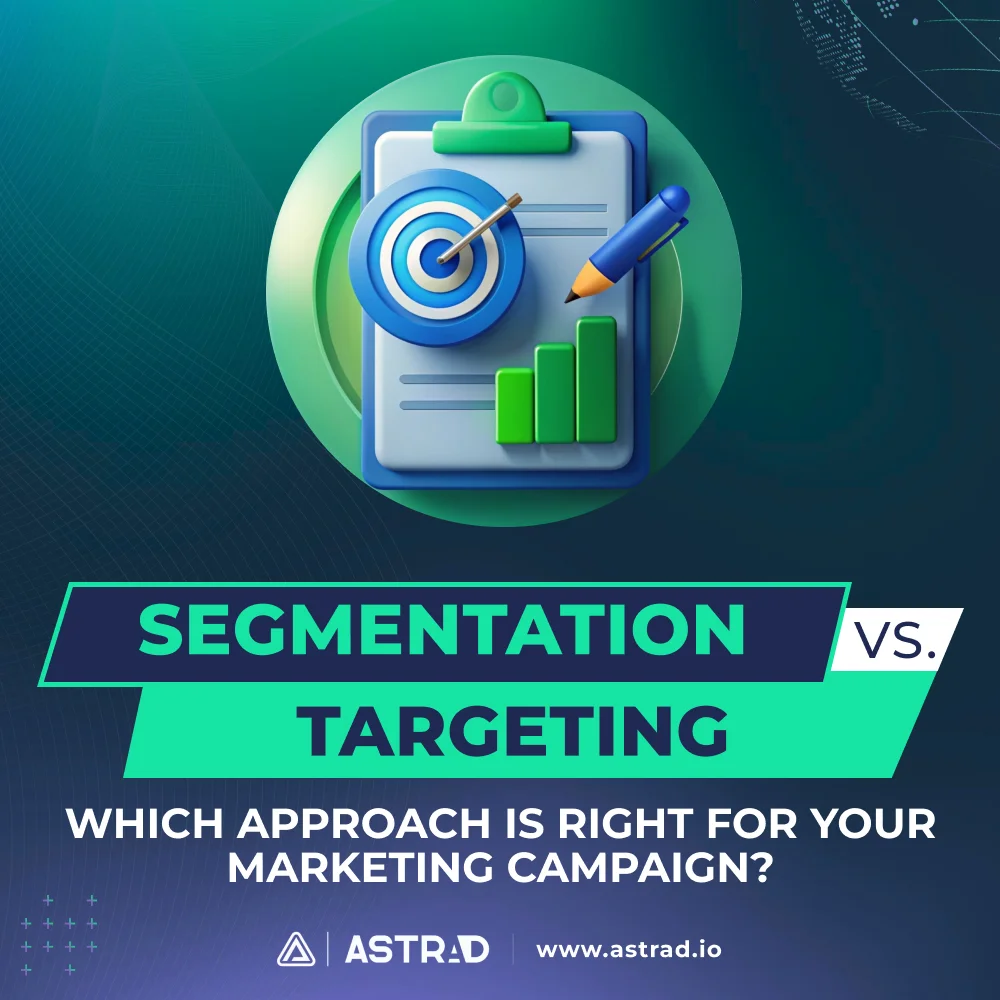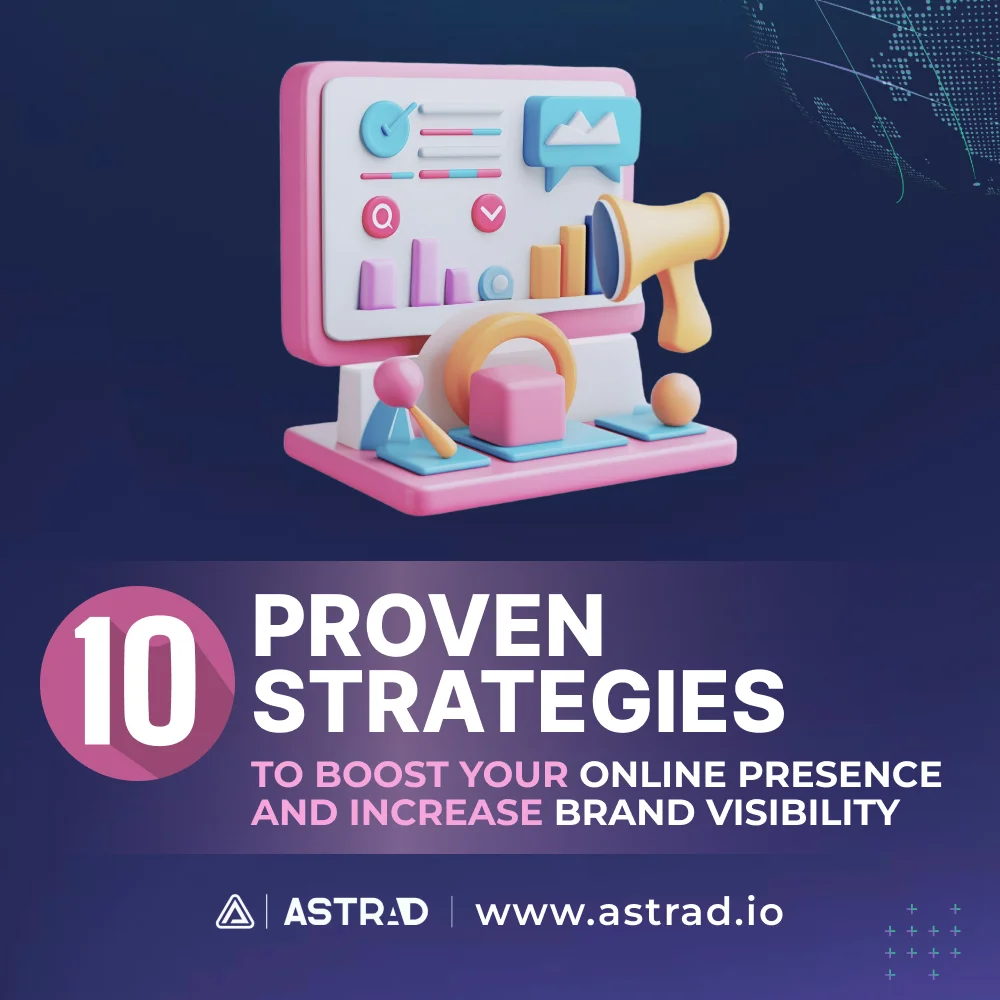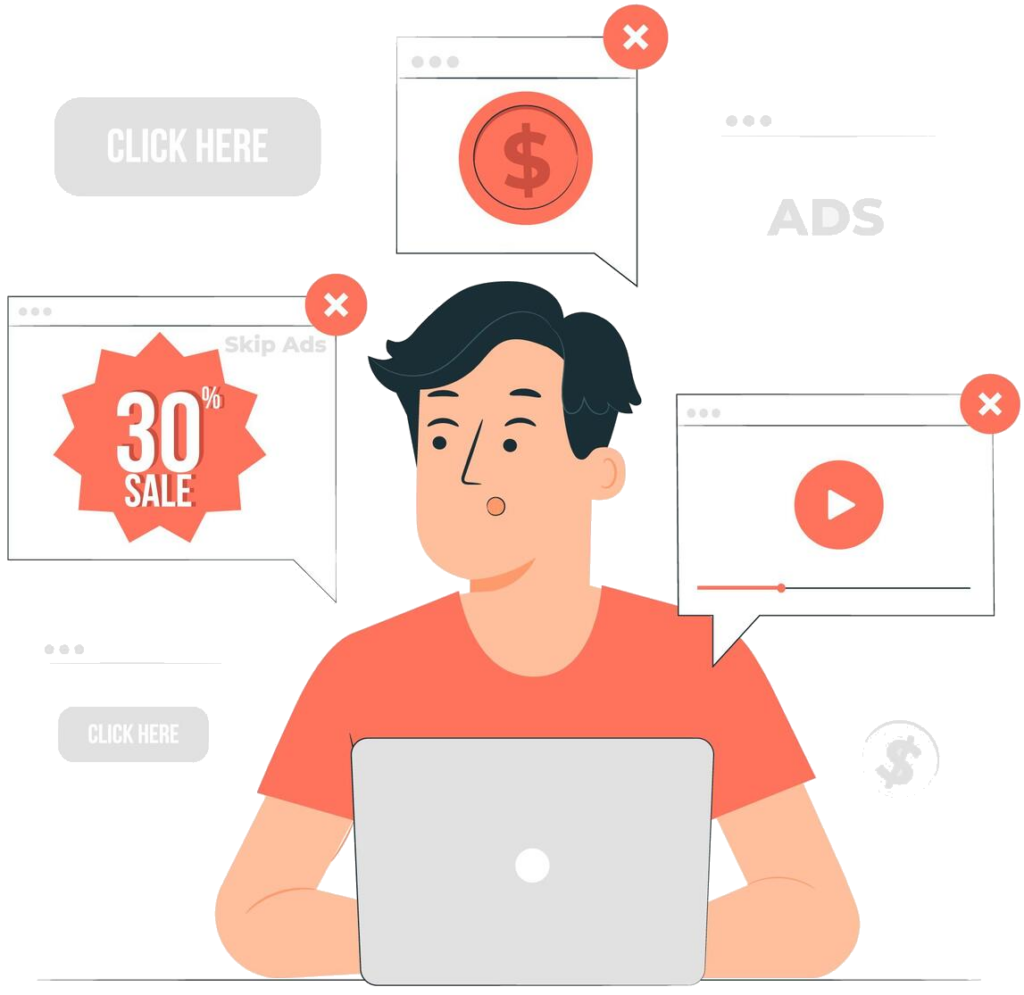You know what’s funny? Most marketers make things way harder than they need to be. They’re always chasing the newest shiny object, buying expensive software, and then scratching their heads when the leads don’t show up. But here’s what successful companies know: the businesses that are actually winning are doing something pretty basic – they’re just getting really good at the simple stuff.
The truth is, all those fancy marketing tricks might look impressive, but it’s the simple strategies that actually work. When you get good at top of funnel marketing basics, you’ll have people genuinely interested in what you’re selling – and that’s when things get exciting.
So, what exactly is top-of-funnel marketing? It’s basically the part where people first hear about you. They’re not ready to buy yet – they’re just figuring out they have a problem and looking around for answers. Your job is to be helpful and show them you know what you’re talking about. Think of it like being the friendly neighbor who always has good advice.
Understanding the Top of the Funnel Stage
Here’s how to think about it. The marketing funnel is like a three-story building. The top floor is where people first discover you exist. The middle floor is where they’re thinking, “Hmm, maybe should buy something.” And the bottom floor? That’s where they actually pull out their credit card.
Right now, we’re talking about that top floor. These are folks who maybe just realized they have a problem, or they’re browsing around trying to learn something new. They’re not even close to buying yet – they’re just looking around and figuring things out. The job here is to be the helpful person who gives them good information without being pushy about it.
The Role of TOFU in the Sales Journey
Here’s the thing about top-of-funnel marketing tactics – they’re like planting a garden. You don’t plant seeds today and expect tomatoes tomorrow, right? Same idea here. The people who read your blog post today might not buy anything for months, but when they’re ready, guess who they’ll think of first?
It’s all about building relationships before people need to buy. When someone has been getting helpful emails from you for six months, and then they suddenly need what you’re selling, you’re not a stranger anymore. You’re that helpful company that’s been giving them good advice all along.
Demand Metric found that companies that blog regularly get 67% more leads than those that don’t. That’s not because blogging is magic – it’s because consistently showing up with helpful content builds trust over time.
Key Characteristics of Effective Top of Funnel Marketing Tactics
Okay, so what makes some top-of-funnel stuff work while other attempts fall flat? There are a few things that really matter.
- Brand Awareness: This is just about getting people to know you exist. Before someone can buy from you, they need to know you’re out there. Simple as that. It’s like opening a store – people need to notice your sign before they can come inside.
- Attracting the Right Audience: You don’t want just anyone – you want the people who actually might need what you’re selling. It’s way better to have 100 people who are genuinely interested than 1,000 random people who will never buy anything. Quality beats quantity every single time.
Content that Sparks Interest: Your content should actually help people. Not just “buy my stuff” content, but genuinely useful information. When someone reads your blog post and thinks, “Wow, that was actually helpful,” that’s when you know you’re on the right track.
Simple Yet Effective Top of Funnel Marketing Strategies
Here’s what’s great about the best marketing tactics – they’re not complicated at all. You don’t need a PhD in marketing or a huge budget. You just need to do the basics really well. Here are five strategies that actually work.
Content Marketing
This one’s probably the most obvious, but there’s a reason everyone talks about it – it works. When you create stuff that helps people, they start to trust you. And trust is everything in business.
- Blog Posts and Articles: Write about the problems your customers are dealing with. Not “buy our product” posts, but actual helpful content. If you sell accounting software, write about tax tips or bookkeeping mistakes. If you’re a fitness trainer, write about home workouts or healthy meal prep. Give people something they can actually use.
Video Content: Don’t worry about making it perfect. Some of the best-performing videos are just someone talking into their phone camera. People want authentic, helpful content more than they want Hollywood production values. Show people how to do something, explain a concept, or share what you’ve learned.
Social Media Engagement
Social media is like having a conversation with your customers, except you’re talking to hundreds of them at once. The key is actually being social, not just posting and disappearing.
- Regular Posting and Interaction: Pick a couple of platforms where your customers hang out and show up consistently. Share helpful tips, industry news, or just give people a peek behind the scenes. But here’s the important part – actually talk to people. Reply to comments, answer questions, and join conversations. Social media works best when it’s actually social.
Paid Social Ads for Reach: You don’t need to spend a fortune here. Even $5 a day can help get your best content in front of more people. The trick is to promote your helpful content, not your sales pitches. When people see your ad and think “that was useful,” they’re way more likely to follow you or visit your website.
Email Newsletters
Email might seem old school, but it’s still one of the best ways to stay in touch with people. Campaign Monitor found that email marketing makes $42 for every $1 you spend on it. That’s pretty hard to beat.
The secret is to make your emails actually worth opening. Share useful tips, interesting industry news, or just give people updates on what you’re working on. Think of it like writing to a friend who happens to be interested in your business. Keep it helpful, keep it real, and don’t make every email about selling something.
Free Resources
People love free stuff, especially when it’s actually useful. Creating free resources like checklists, templates, or guides does two things: it helps people solve a problem right now, and it gets them on your email list for later.
Make sure your free stuff is genuinely helpful. A good checklist or template can save someone hours of work. When you give people something that valuable for free, they start to wonder what your paid stuff must be like.
Webinars and Live Events
There’s something special about teaching people to live. Maybe it’s because they can ask questions in real time, or maybe it’s just because it feels more personal. Either way, webinars and live events are great for showing people you know what you’re talking about.
Pick a topic that your customers are struggling with and teach them how to solve it. Focus on being genuinely helpful – save the sales pitch for the very end, if you do one at all. The people who stick around for an hour-long webinar are already pretty interested in what you have to say.
Making These Tactics Work for Your Business
Here’s the thing about all these strategies – they work best when you actually stick with them. Don’t try to do everything at once. Pick one or two that feel doable and get good at those first.
Start by figuring out where your customers are hanging out. If they’re on LinkedIn, focus there. If they love watching videos, make more videos. If they prefer detailed written content, focus on blogging. It’s better to be really good at one thing than mediocre at five things.
And remember – this isn’t about getting sales tomorrow. You’re building relationships. Measure your success by how many people are engaging with your content, signing up for your email list, or following you on social media. The sales will come naturally when people trust you and need what you’re selling.
Moving Forward with Confidence
You know what’s great about these top-of-funnel marketing tactics? They’re not rocket science. You don’t need special software or a huge team. You just need to show up consistently and be helpful.
Focus on creating content that actually helps people, engaging with them on social media like a real person, building an email list of people who want to hear from you, offering useful free resources, and sharing what you know through webinars and events.
None of this is groundbreaking stuff, but that’s exactly why it works. These simple approaches focus on what really matters – being useful to people and building genuine relationships. When you get good at that, everything else gets easier.
Start with whatever feels most natural to you. If you love writing, start a blog. If you’re comfortable on camera, make some videos. If you’re good at explaining things, try a webinar. The important thing is to just start and keep showing up. You’ll be surprised how quickly people start to notice.

